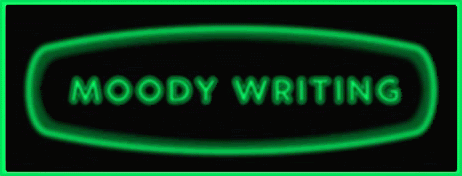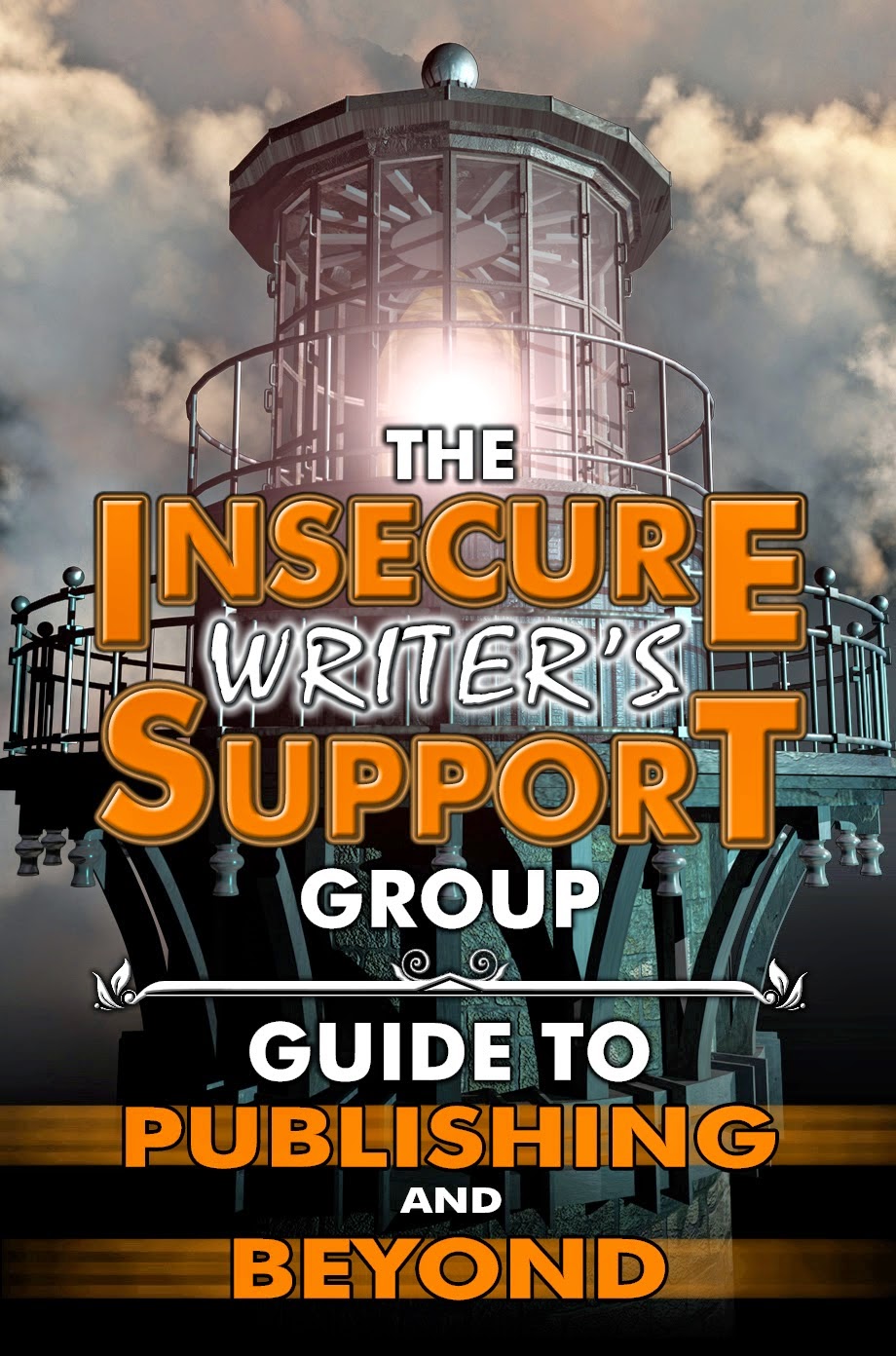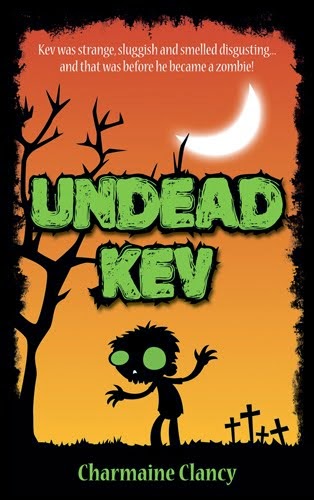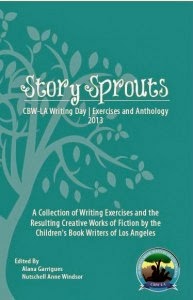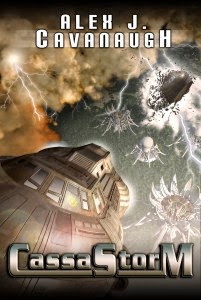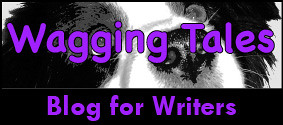A story is more than a series of events that happen. Scenes have to be interesting, they have to build and they have to play a role in communicating the overall narrative. But how do you know if the scene you have written is helping to tell the story or distracting from it? One way to decide is to look at the scene and ask yourself what is its significance? Not to the character, or even to the writer, but to the story.
Most things that happen in a story can be said to have some sort of influence on the greater scheme of things if you really push it. A girl walking down the street on the way to school who notices a red sports car, which is then never mentioned again, could be said to have some symbolic or metaphorical resonance with the themes of the story. That's fine, but once you know that, you are then able to decide whether that's the best way to achieve that effect (which it may well be). Problem is most people don't do that and leave it hanging as a thing that happened in the story just because. And that's what it will read like.
If a woman is getting ready to go for a job interview and the phone rings and it’s some guy trying to convince her to switch phone plans, and once she gets rid of him she goes off to her a job interview, what’s the significance to her story? If it makes her late and she misses the bus, then that could have a very strong impact. If the guy tells her that she'd be stupid to pass up this limited special offer and she gets very irate, calling him a cocksucker who should stick his head up his own ass so he has somewhere quiet to eat his bag of dicks, and then puts the phone down and goes back to being very normal and getting ready (pink shirt or white shirt?) that tells us something about her but it has a particular significance since she's going for a job interview where that aspect of her personality may prove to be a liability (although personally I'd hire her on the spot).










